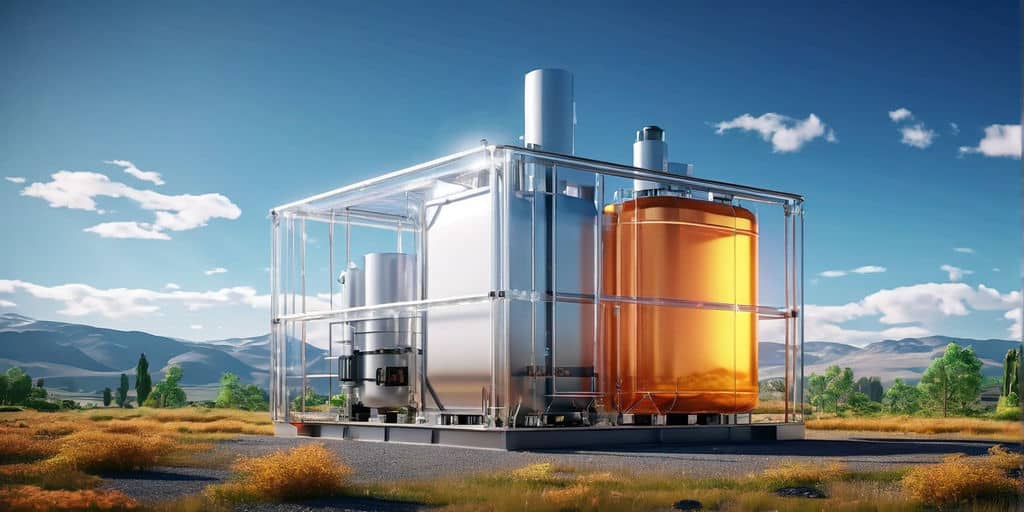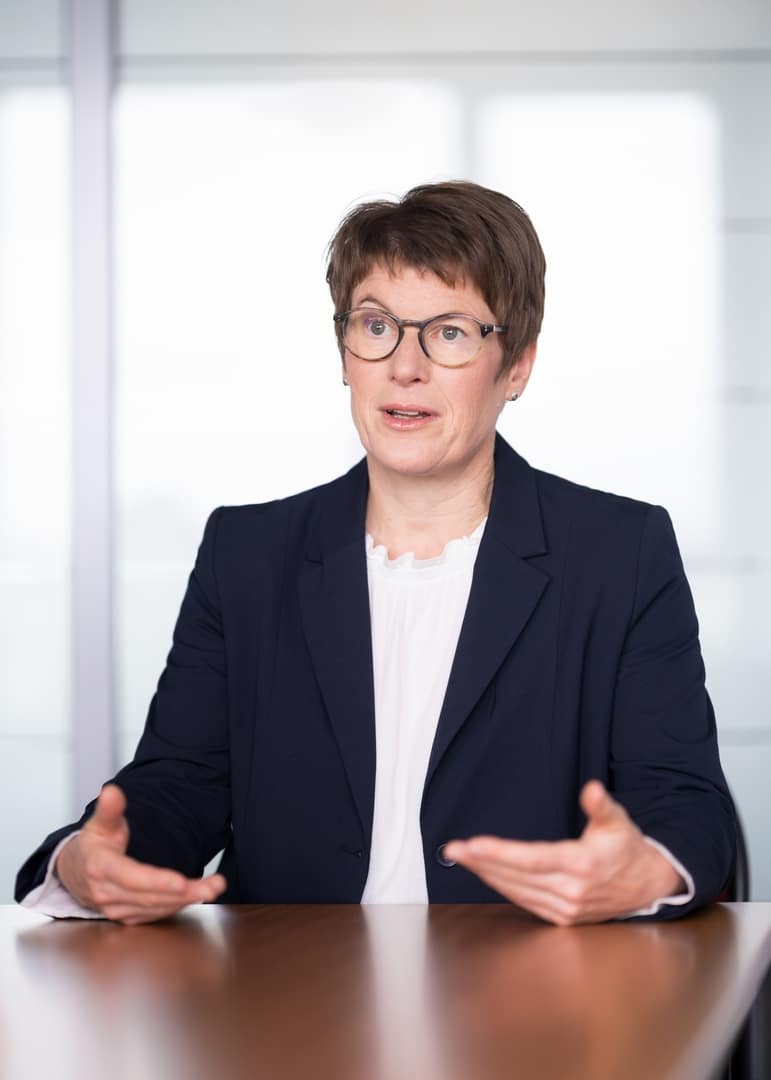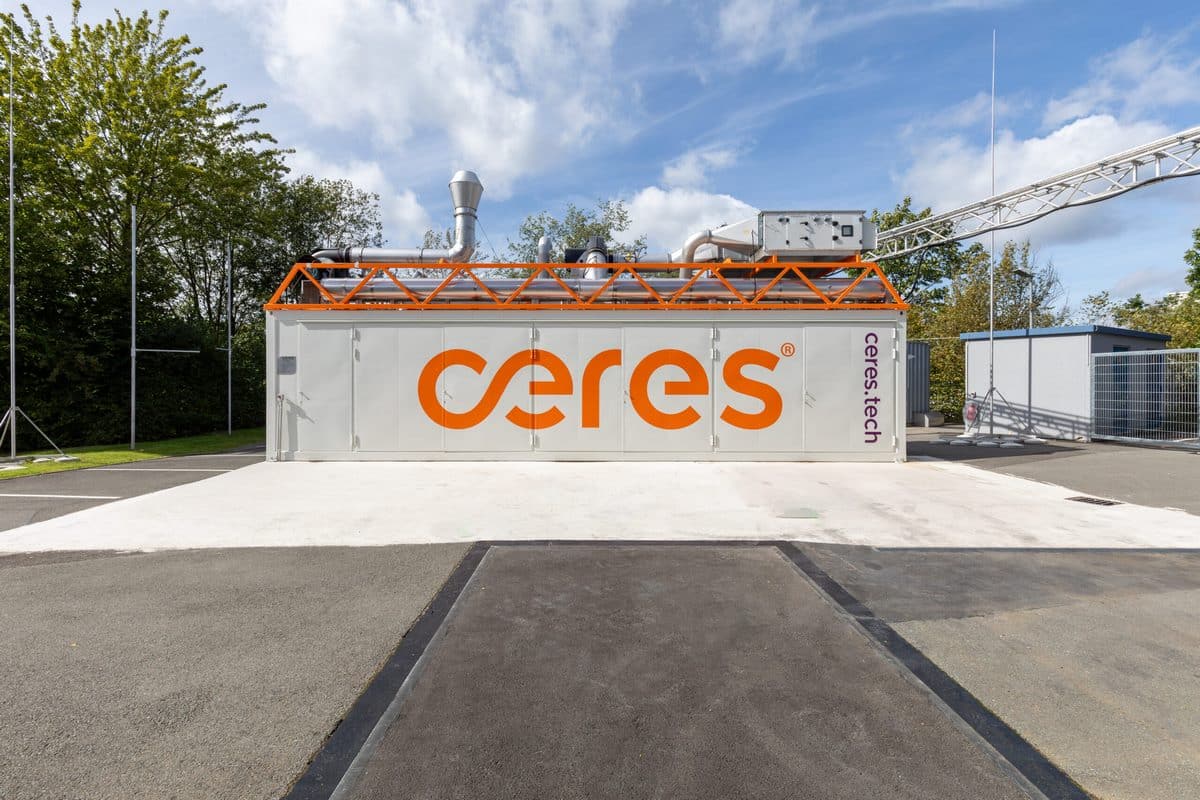An energy self-sufficiency project is set to be tested on the Orkney Islands, UK: Hydrogen from wind power will be used for fuel cell range extenders integrated into electric vans to offer clean transportation. In April 2016, twelve partner companies from six EU countries were awarded the contract for this project, which will be subsidized by the European Union with EUR 5 million. British ITM Power is said to install a 1.5 MW electrolysis system, which will then be fed with clean electricity from the community’s wind power plants on Shapinsay and Eday. Instead of turning off these systems because of excess capacities, as is currently done in 30% of all cases, they are to be used for hydrogen creation in the future.
The Scottish Orkney Islands have so far been supplied by wind, wave and tidal power plants totaling 50 MW of capacity and producing 46 GWh of green electricity each year. To be able to store the electrical energy, the Fuel Cells and Hydrogen Joint Undertaking chose the five-year project BIG HIT (Building Innovative Green Hydrogen systems in an Isolated Territory), in order to test an “innovative, green hydrogen system in an isolated location.” Besides H2 generation, it should also equip ten electric vans with a Symbio FCell range extender. Graham Cooley, CEO of ITM Power, was looking forward to the project: “BIG HIT is a major step in turning the Orkney Islands into a genuine hydrogen territory.”
BIG HIT is based on the already existing Surf-‘n’-Turf initiative, which utilizes wind and tidal energy in a similar fashion to create hydrogen and use it for a fuel cell in Kirkwall. The Scottish government has been supporting this measure with GBP 1.35 million.


























0 Comments